BRI: reviving Turkish business?
Experts at a recent conference on China’s Belt and Road Initiative, hosted in Istanbul, spoke of its many advantages to the region, but also on the challenges involved in attracting financing
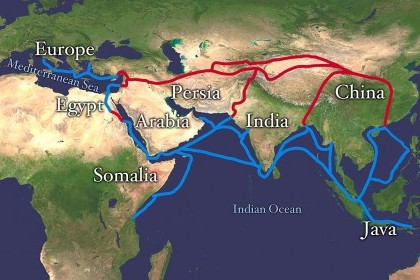 Courtesy: Wikipedia
Courtesy: Wikipedia
Experts at a recent conference on China’s Belt and Road Initiative, hosted in Istanbul, spoke of its many advantages to the region, but also on the challenges involved in attracting financing
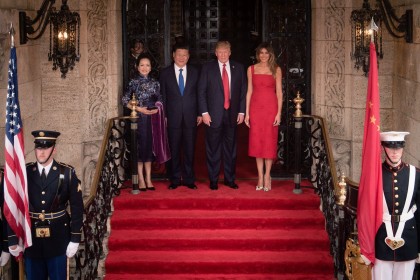 Courtesy: Wikimedia
Courtesy: Wikimedia
China is coming in from a position of strength to challenge American primacy in the Asia-Pacific, and the Trump administration needs to abjure the hopeful, hesitant approach of its predecessors
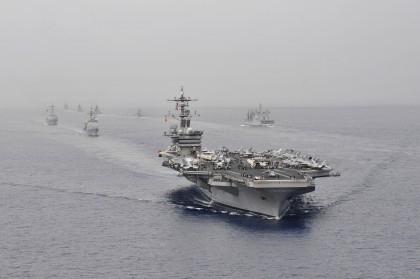 Courtesy: Wikimedia
Courtesy: Wikimedia
As the United States considers its policy options towards North Korea it must understand that Pyongyang has been thinking about military conflict for decades. It too will have military plans and they could pose major challenges for the U.S. This is why China and South Korea–and U.S. regional experts too–prefer the diplomatic route
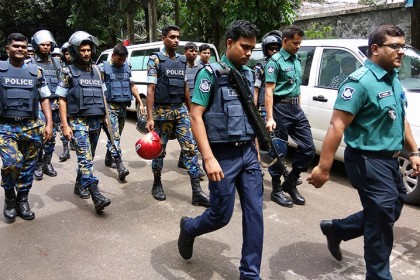 Courtesy: Reuters
Courtesy: Reuters
Bangladesh Prime Minister Sheikh Hasina will visit India beginning April 7 at a time when her country is confronted with Daesh-inspired terrorism. In the interests of regional stability, it is critical that the two countries maintain a united front against extremism
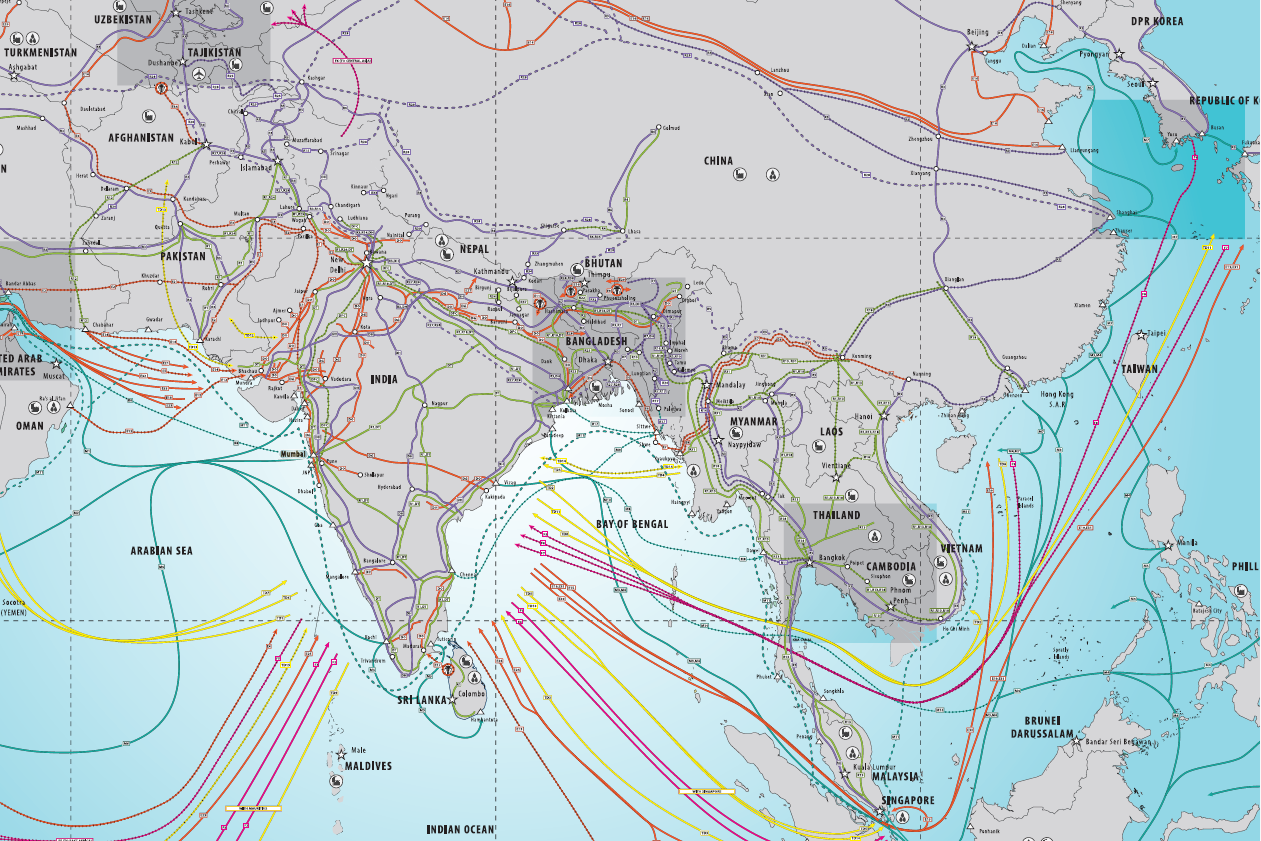 Courtesy: Gateway House
Courtesy: Gateway House
India’s global economic engagement, especially with the developing world, has increased in the last two decades, but trade with South Asia has remained low. It holds the potential for building greater productivity and more inclusive growth in India and the region
 Courtesy: Wikipedia/ Gateway House
Courtesy: Wikipedia/ Gateway House
Nepal, currently one of the 21st century’s important locations in Asia, has to safeguard itself by its own initiative, not rely on guarantees from external actors. The authors, one of whom is a former minister of the country, suggest that a changed world order calls for more modern security forces and an independent defense policy
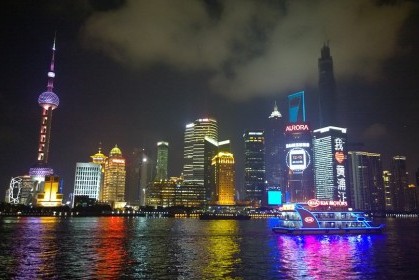 Courtesy: Pixabay
Courtesy: Pixabay
An opportunity to be a part of a recent think tank delegation to China offered the author insight into China’s foreign policy, development plans and issues affecting the India-China bilateral relationship. Gaps in perception that keep both countries apart must be bridged for them to leverage their emerging positions in Asia and the world
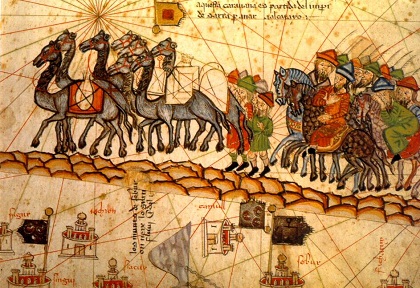 Courtesy: Wikimedia Commons
Courtesy: Wikimedia Commons
China’s resurrection of the ancient Silk Road is ambitious, sprawling, hegemonic. Its pre-European origins, though, lay in a criss-crossing of nameless caravan routes on which Indian cotton was traded as vigorously as Chinese silk, tangible proof of the interdependence of two ancient civilisations over two millennia
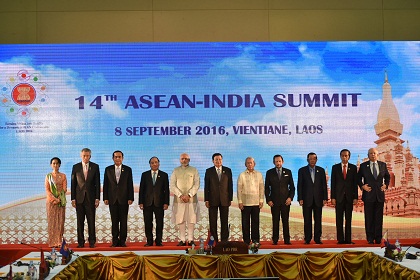 Courtesy: MEA/ Flickr
Courtesy: MEA/ Flickr
The Indo-Pacific region is home to some of the largest and most rapidly growing economies as also powerful military forces. Nuclear threats, international terrorism and climate change are some of the issues that define the region. Uncertainty dogs relations among the four nations in the top league—U.S., China, India and Japan—but what is emerging is a hawkish, policy stance from the U.S. as opposed to an isolationist outlook apprehended earlier
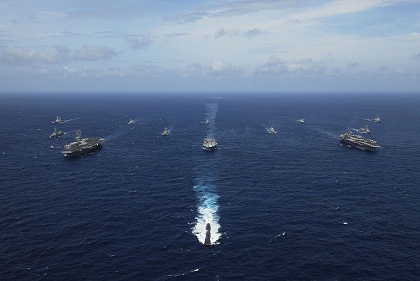 Courtesy: Wikipedia
Courtesy: Wikipedia
A strategic coming together of the U.S., Japan, Australia, and India was close to fruition some years ago, impelled initially by the tsunami of 2004. The spirit of the enterprise remains alive even now, and there are many merits in India joining the quad, but such an arrangement can skew existing Asian equations, jeopardising the Act East policy